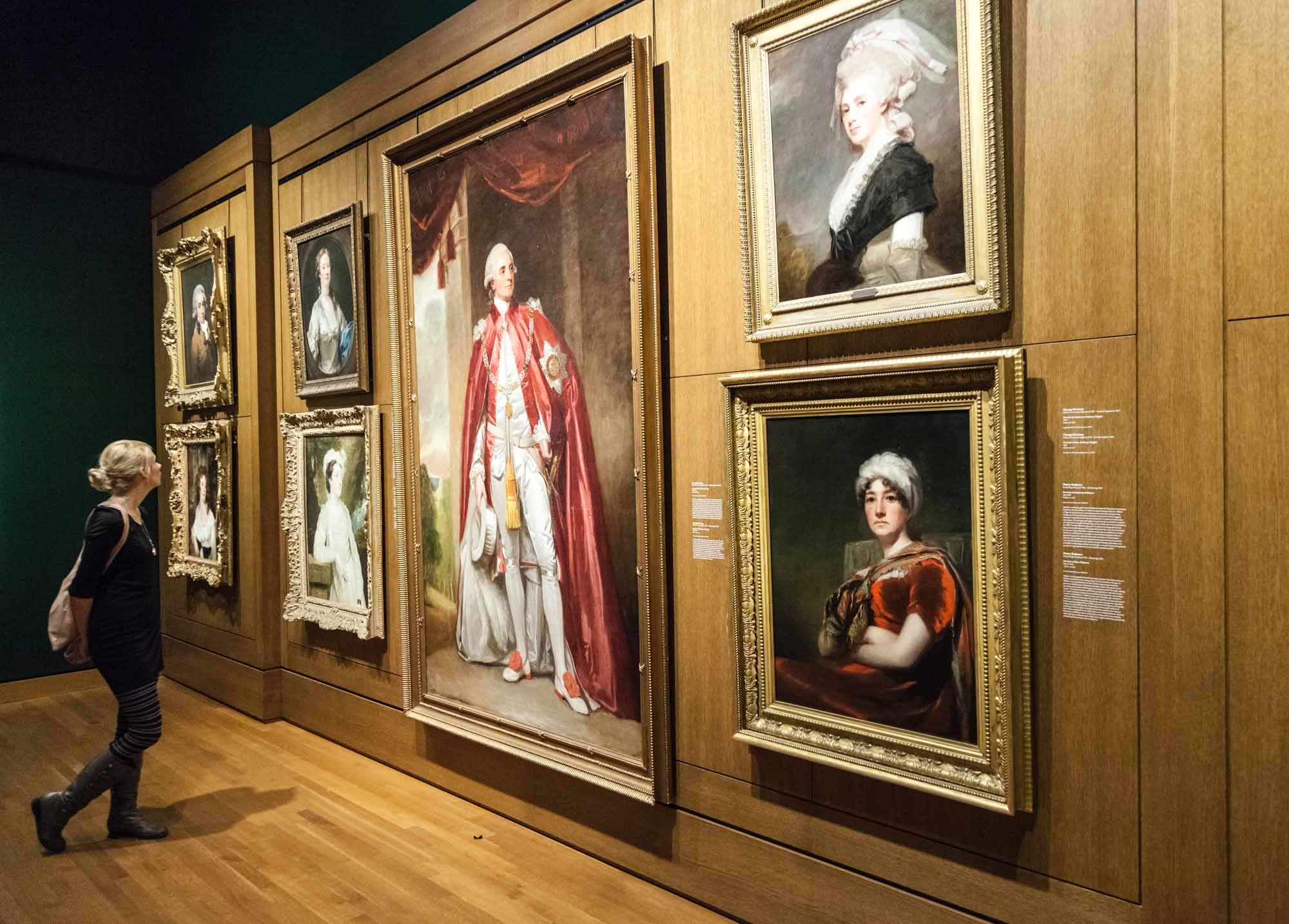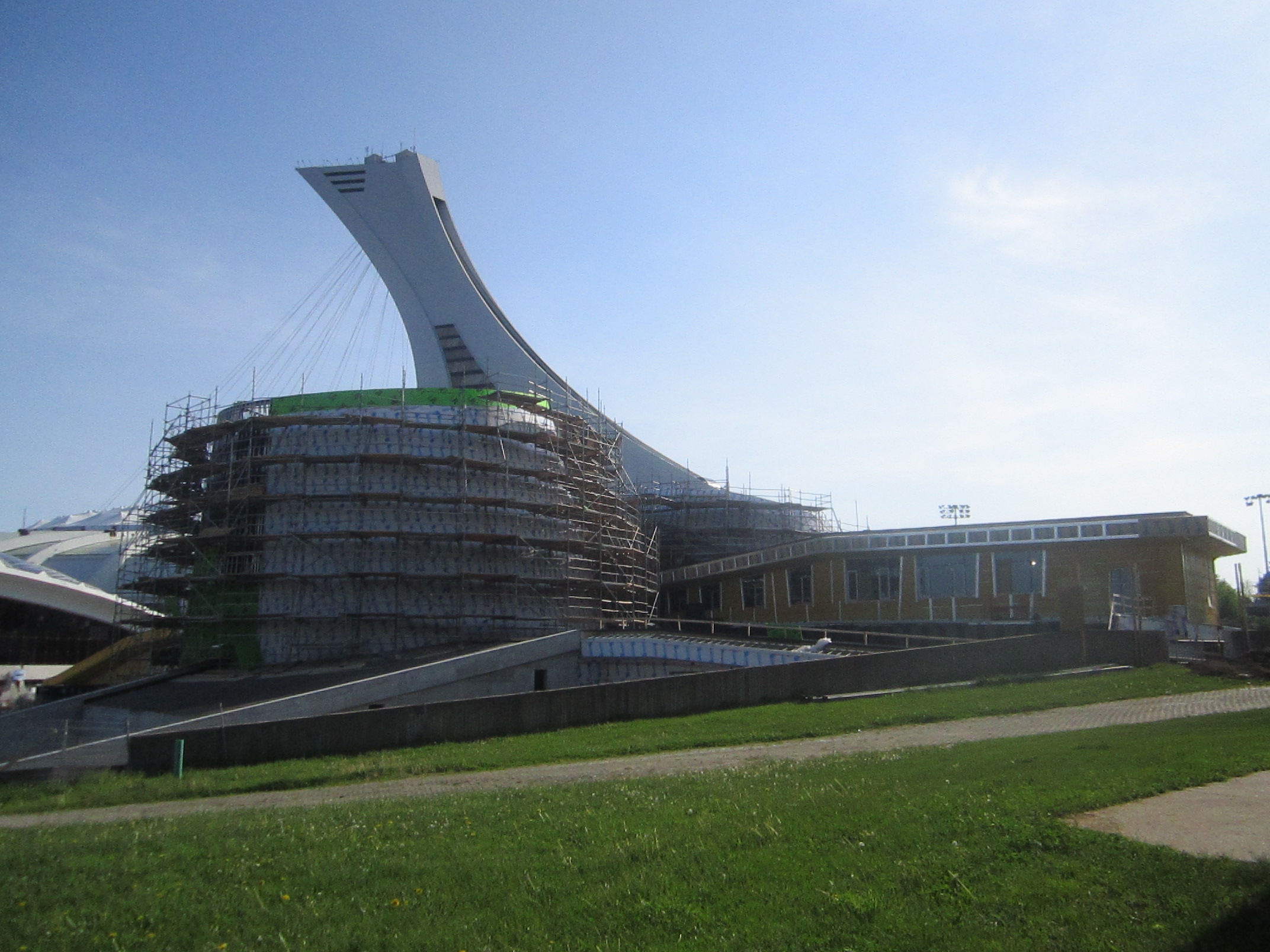Browse "Places"
-
Collection
Montréal: 375 Years of History and Heritage
On 17 May 1642, a group of French settlers led by Paul de Chomedey de Maisonneuve and Jeanne Mance established the missionary colony of Ville-Marie on the Island of Montréal. Today, this modest settlement founded in the middle of the St. Lawrence River is Canada’s second largest city and home to nearly half of the province of Québec’s population. A centre of francophone culture in North America, Montréal also enjoys international renown. Through exhibits, images...
"https://d2ttikhf7xbzbs.cloudfront.net/media/media/6c00f298-5e17-4d87-8e49-c455a420812a.jpg" // resources/views/front/categories/view.blade.php
https://d2ttikhf7xbzbs.cloudfront.net/media/media/6c00f298-5e17-4d87-8e49-c455a420812a.jpg
-
Article
Montreal Arena/Aréna de Montréal
Montreal Arena/Aréna de Montréal. Covered amphitheatre, intended mainly for sporting events and horse-shows and erected in 1898 on Ste-Catherine St West at the corner of Wood Avenue.
"https://development.thecanadianencyclopedia.ca/images/tce_placeholder.jpg?v=e9dca980c9bdb3aa11e832e7ea94f5d9" // resources/views/front/categories/view.blade.php
https://development.thecanadianencyclopedia.ca/images/tce_placeholder.jpg?v=e9dca980c9bdb3aa11e832e7ea94f5d9
-
Article
Montreal Biosphere
The Montreal Biosphere is a museum dedicated to the environment operated by the City of Montreal. Located in Parc Jean-Drapeau on Saint Helen’s Island, the Biosphere is one of five museums in the city that focus on the natural world. The museum is housed inside a geodesic dome designed by the famed American architect Buckminster Fuller. The dome originally served as the American Pavilion during Expo 67. The Montreal Biosphere is the only museum in Canada exclusively devoted to educating the public about environmental issues.
"https://d2ttikhf7xbzbs.cloudfront.net/media/new_article_images/MontrealBiosphere/MontrealBiosphere.jpg" // resources/views/front/categories/view.blade.php
https://d2ttikhf7xbzbs.cloudfront.net/media/new_article_images/MontrealBiosphere/MontrealBiosphere.jpg
-
Article
Montréal-Est
Montréal-Est owes its existence to Joseph Versailles, an important Montréal broker. In 1909 he bought 6 km2 of land in order to create a quiet and peaceful residential community. Heavy industry developed around the port and the community evolved away from Versailles's original vision.
"https://development.thecanadianencyclopedia.ca/images/tce_placeholder.jpg?v=e9dca980c9bdb3aa11e832e7ea94f5d9" // resources/views/front/categories/view.blade.php
https://development.thecanadianencyclopedia.ca/images/tce_placeholder.jpg?v=e9dca980c9bdb3aa11e832e7ea94f5d9
-
Article
Montreal Metro
The Montreal metro opened on 14 October 1966. The second Canadian subway system after Toronto’s, which opened in 1954, the Montreal metro was the first subway in North America to run on rubber tires instead of metal wheels. Extensions to the Montreal metro were built on Montreal Island over the two decades after it opened, and then to the city of Laval, on the island of Île Jésus, during the 2000s. The system runs entirely underground, and each station has a distinct architecture and design. The Montreal metro consists of four lines running a total of 71 km and serving 68 stations. In 2018, its passengers made more than 383 million trips.
"https://d2ttikhf7xbzbs.cloudfront.net/media/media/7cb43abc-85f5-4380-adb4-56f13bfebb41.jpg" // resources/views/front/categories/view.blade.php
https://d2ttikhf7xbzbs.cloudfront.net/media/media/7cb43abc-85f5-4380-adb4-56f13bfebb41.jpg
-
Article
Montreal Museum of Fine Arts
Canada’s oldest and one of its most important arts institutions, the Montreal Museum of Fine Arts (Musée des beaux-arts de Montréal) has been guided by a commitment to attract people from all walks of life. Established in 1847, originally under the name of Montreal Society of Artists, it became the Art Association of Montreal in 1860. In 1948-49, the association formed a new corporation under its present name. In 1972, it became a semipublic institution, largely funded by grants from different government levels.
"https://d2ttikhf7xbzbs.cloudfront.net/media/media/3aba2370-a77d-4c09-985f-f9173037b949.jpg" // resources/views/front/categories/view.blade.php
https://d2ttikhf7xbzbs.cloudfront.net/media/media/3aba2370-a77d-4c09-985f-f9173037b949.jpg
-
Article
Montréal-Nord
Montréal-Nord was created when it was detached from the parish municipality of Sault-aux-Récollets (1855). The area originally covered by Sault-aux-Récollets also included the Montréal districts of Ahuntsic and Saint-Michel, as well as the cities of Saint-Léonard and Anjou.
"https://development.thecanadianencyclopedia.ca/images/tce_placeholder.jpg?v=e9dca980c9bdb3aa11e832e7ea94f5d9" // resources/views/front/categories/view.blade.php
https://development.thecanadianencyclopedia.ca/images/tce_placeholder.jpg?v=e9dca980c9bdb3aa11e832e7ea94f5d9
-
Article
Montreal Olympic Stadium
Primary venue of the 1976 Summer Olympics. Montreal’s Olympic Stadium is a massive, monumental, multisport complex. It serves as the largest covered amphitheatre and sports venue in Quebec and is also the largest stadium in Canada. (See Sports Facilities.) It has a permanent seating capacity of 56,000. The stadium is integrated into the Montreal Tower (the world’s tallest inclined tower), the Olympic Pool and the former Velodrome — today, the Biodome. The stadium is often referred to as the Big O by Anglo-Montrealers. The Olympic Stadium sits at the centre of the Olympic Park complex. The complex is itself located in the middle of a sprawling collection of sports facilities, attractions, venues and museums in Montreal’s East End.
"https://d2ttikhf7xbzbs.cloudfront.net/media/media/36596ad8-19a5-4395-84f8-5466225bbdaf.jpg" // resources/views/front/categories/view.blade.php
https://d2ttikhf7xbzbs.cloudfront.net/media/media/36596ad8-19a5-4395-84f8-5466225bbdaf.jpg
-
Article
Montréal Planetarium
Montréal’s Rio Tinto Alcan Planetarium is part of the Space for Life complex, which includes Montréal’s Biodome, Insectarium and Botanical Gardens. Space for Life is the largest natural science museum complex in Canada.
"https://d2ttikhf7xbzbs.cloudfront.net/media/media/ff14a3e3-5cf6-4523-84eb-f66716e9bb0c.JPG" // resources/views/front/categories/view.blade.php
https://d2ttikhf7xbzbs.cloudfront.net/media/media/ff14a3e3-5cf6-4523-84eb-f66716e9bb0c.JPG -
Article
Music in Montréal
Montreal, Quebec is a city located on the island of the same name at the junction of the St Lawrence and Ottawa rivers in the province of Québec. The island is one of a cluster that also includes Ile Jésus (which became part of the city of Laval in 1965) and the islands of Bizard and Perrot.
"https://d2ttikhf7xbzbs.cloudfront.net/media/media/f52cf68e-cd7e-42d0-8a11-37f6b80ec967.jpg" // resources/views/front/categories/view.blade.php
https://d2ttikhf7xbzbs.cloudfront.net/media/media/f52cf68e-cd7e-42d0-8a11-37f6b80ec967.jpg
-
Article
Montrose
Montrose, BC, incorporated as a village in 1956, population 1030 (2011c), 1012 (2006c). The Village of Montrose is located in the West Kootenay district of southeastern British Columbia.
"https://development.thecanadianencyclopedia.ca/images/tce_placeholder.jpg?v=e9dca980c9bdb3aa11e832e7ea94f5d9" // resources/views/front/categories/view.blade.php
https://development.thecanadianencyclopedia.ca/images/tce_placeholder.jpg?v=e9dca980c9bdb3aa11e832e7ea94f5d9
-
Article
Monument
A monument is normally a freestanding, large-scale structure, often artistically embellished, which has as its primary function the commemoration of persons, events or concepts believed to have sufficient importance to merit a public, visible and permanent tribute.
"https://d2ttikhf7xbzbs.cloudfront.net/media/media/dfb21f51-d625-42ea-97e7-a7b4c5b6fb0c.jpg" // resources/views/front/categories/view.blade.php
https://d2ttikhf7xbzbs.cloudfront.net/media/media/dfb21f51-d625-42ea-97e7-a7b4c5b6fb0c.jpg
-
Article
Monument-National
Its 1620-seat theatre, which boasted an orchestra pit, was inaugurated in 1893 while still uncompleted. In the ensuing years it welcomed innumerable solo artists, opera companies, and other musical troupes and ensembles.
"https://d2ttikhf7xbzbs.cloudfront.net/media/media/2f04ca39-ea90-44c3-9c7e-08d4087df26f.jpg" // resources/views/front/categories/view.blade.php
https://d2ttikhf7xbzbs.cloudfront.net/media/media/2f04ca39-ea90-44c3-9c7e-08d4087df26f.jpg
-
Article
Monuments of the First and Second World Wars
Since the end of the First World War, monuments commemorating the lives of Canadians who died in conflicts overseas have occupied a prominent place in our urban cultural landscape.
"https://d2ttikhf7xbzbs.cloudfront.net/media/media/162485bf-95f4-4d5c-a699-2dec659d831e.jpg" // resources/views/front/categories/view.blade.php
https://d2ttikhf7xbzbs.cloudfront.net/media/media/162485bf-95f4-4d5c-a699-2dec659d831e.jpg
-
Article
Moon
The dark grey lunar surface reflects only 7% of the sunlight it receives (comparable to the reflectivity of black soil). The moon is dominated by thousands of craters, ranging from microscopic pits to gigantic Clavius, diameter 230 km.
"https://d2ttikhf7xbzbs.cloudfront.net/media/media/4bc37824-aa84-4a84-9b3c-b620f26bc350.jpg" // resources/views/front/categories/view.blade.php
https://d2ttikhf7xbzbs.cloudfront.net/media/media/4bc37824-aa84-4a84-9b3c-b620f26bc350.jpg

